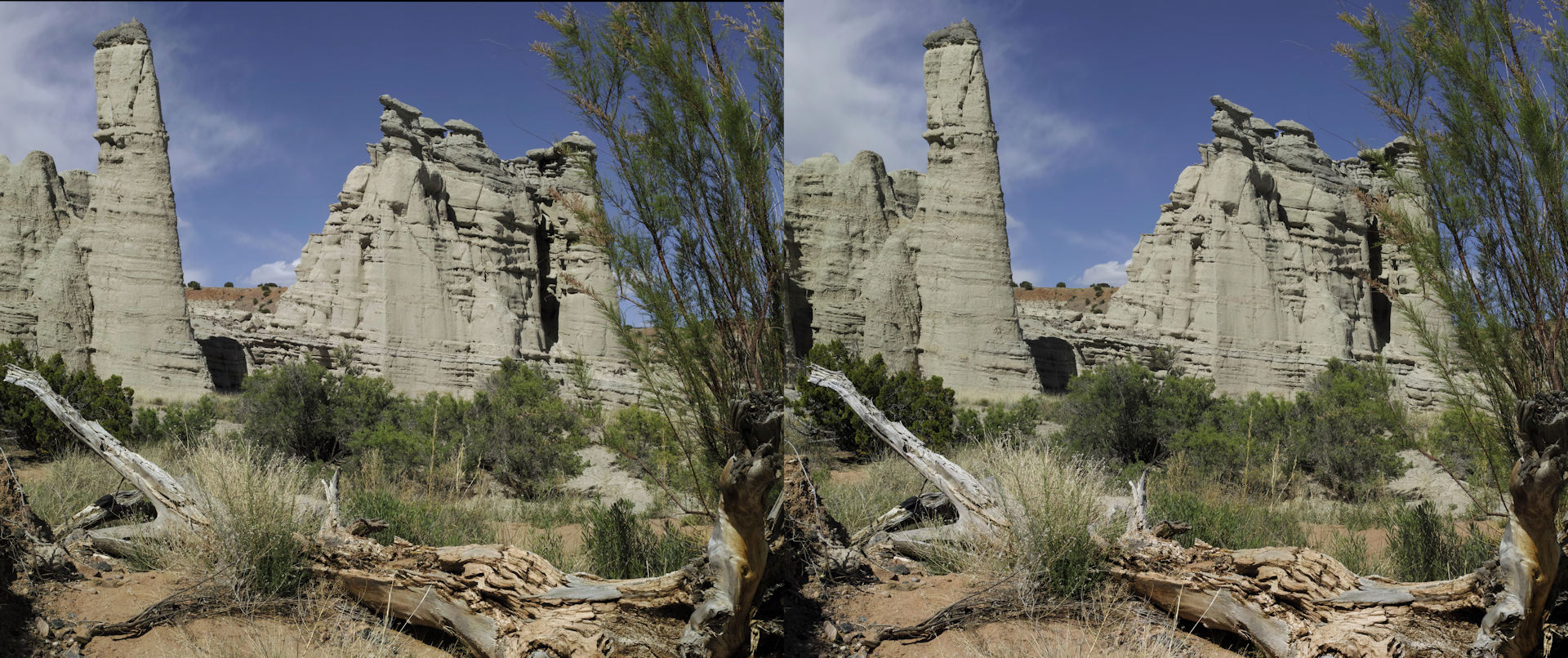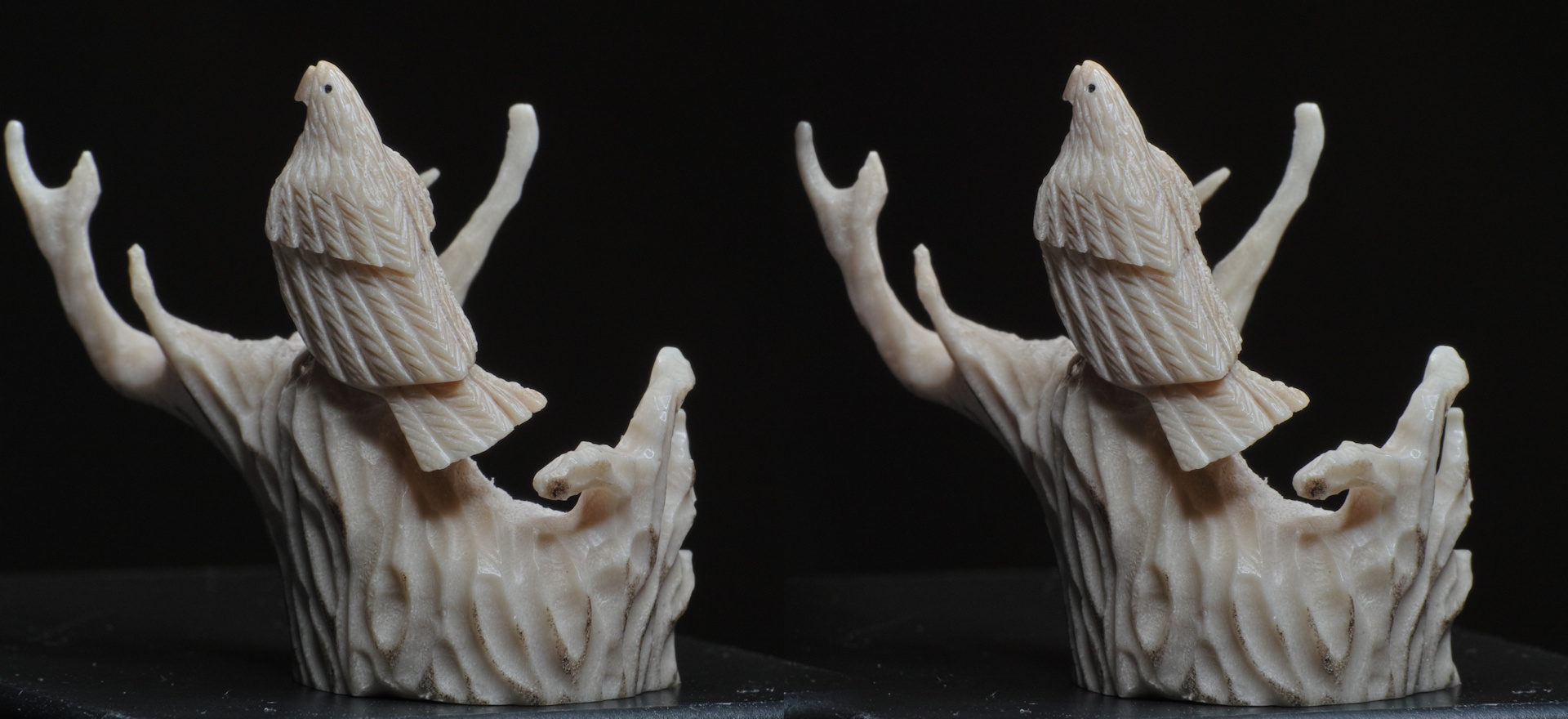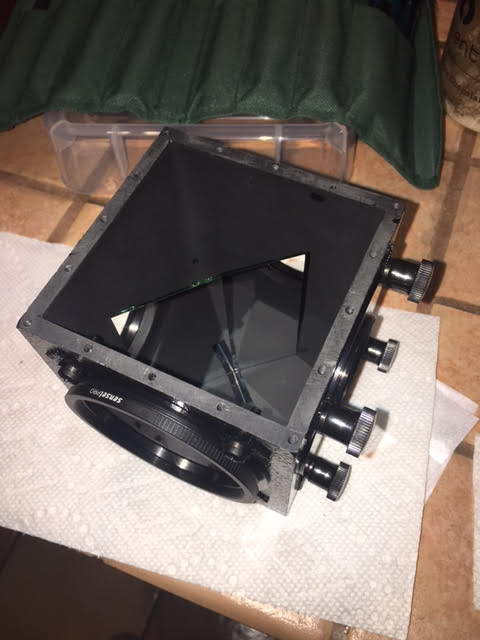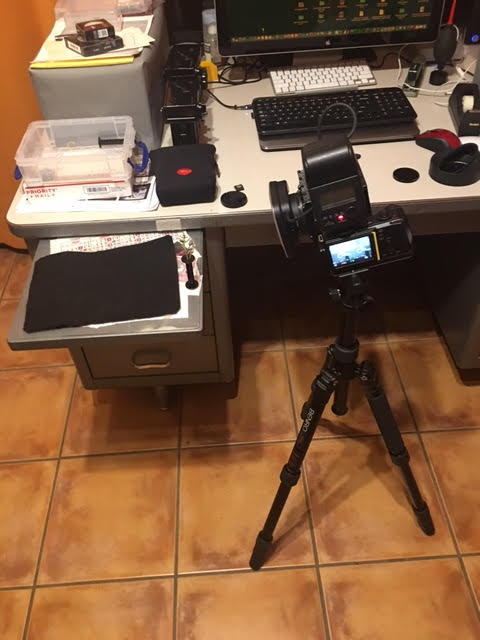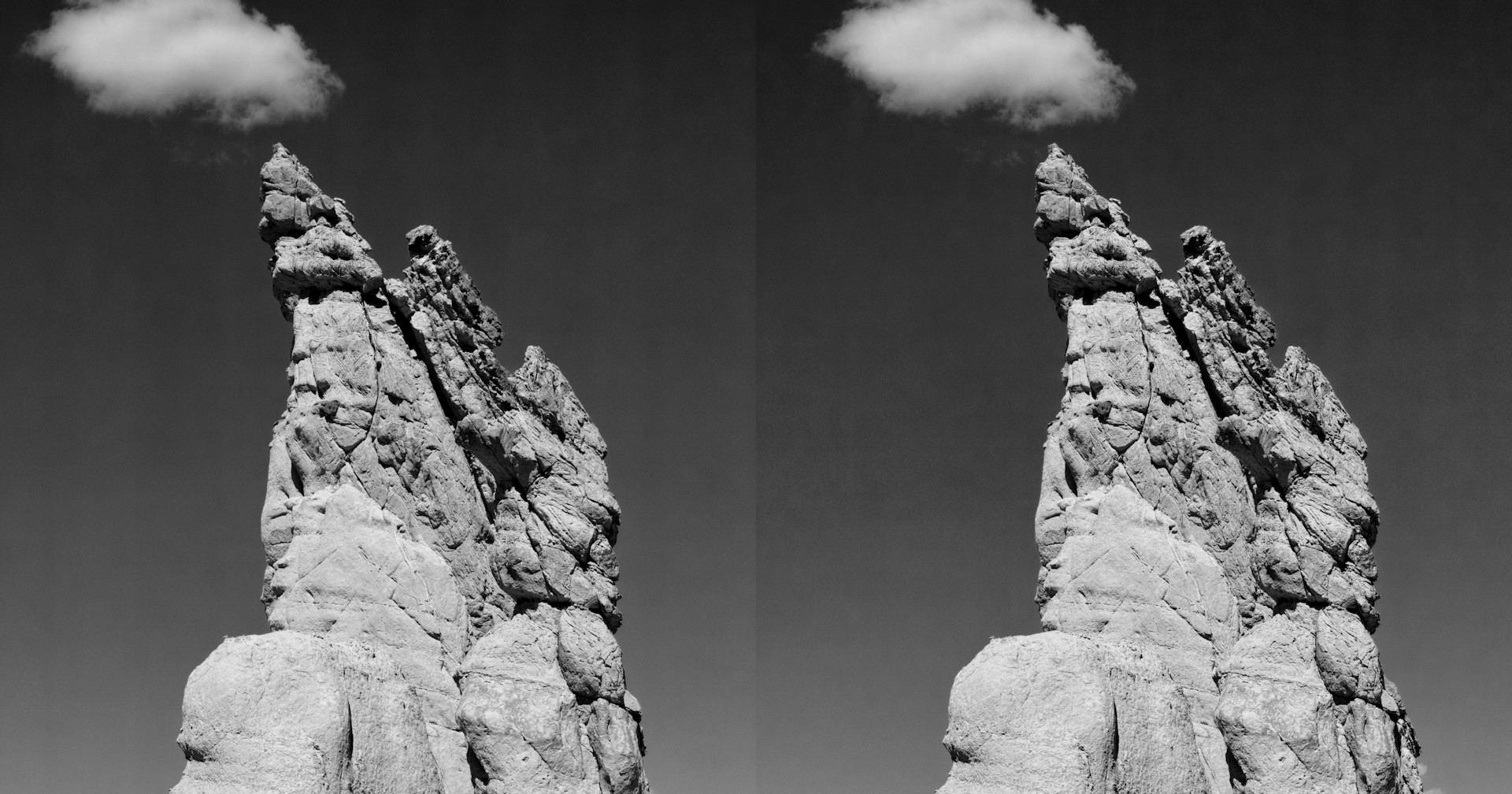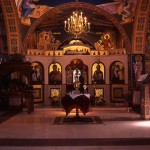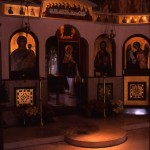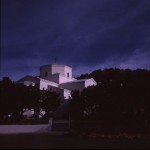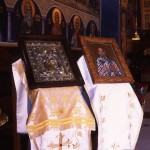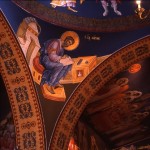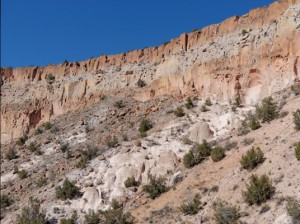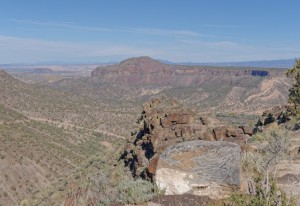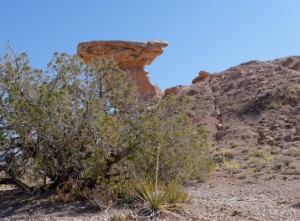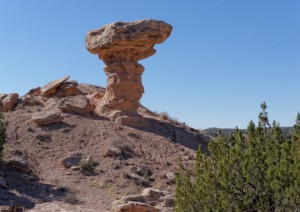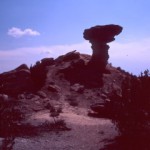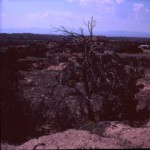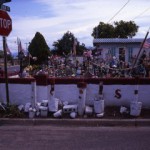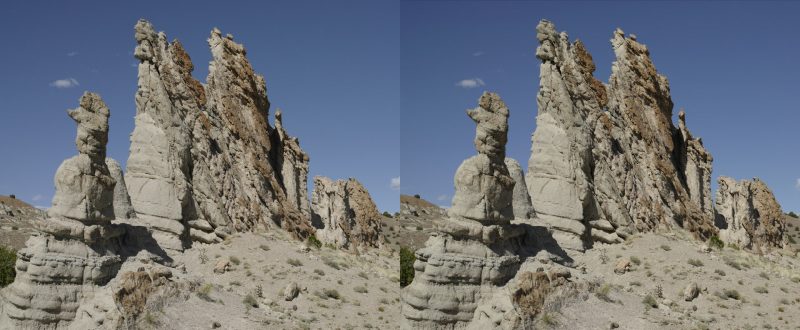
Plaza Blanca is about one hour north of Santa Fe New Mexico by car, the last couple of miles is a dirt road. Spectacular rock formations can be found only a few hundred yards from the parking lot. I’d just started walking again after all the foot surgeries. This was taken with a paired Merrill Dp2 rig, on a sliding bar with about 8 inch stereo base. Then the image was transferred to Provia 100F by photographing a 4K screen. (I describe the process in more detail in A28 folio notes). The developer was nearly exhausted and resulted in thick image with excessive contrast. I plan to send my film to Colorado lab in the future. There are lots of lovely digital images taken with this Foveon sensor camera (thanks to Boris Starosta for turning me on to the Merrill, he uses Merrills in his clear building series). The Foveon sensor records all RGB at each site in a ‘stack’ of sensors, so each color plane has all the full resolution, without interpolation since there is no Bayer filter. I plan to upgrade to a 10 bit calibrated 4K screen, and eventually to an 8K screen for future digital to film experiments. I’ll also do some head-to-head tests going back to photograph the original subjects with digital and film (TL-120 and paired Mamiya 220 85 and 55 mm). I’m quite please with the Merrill sensor and lens, have the DP3 now too. Merrills are like using slower film cameras (usually want ASA at 100, tripod or good light for routine use), the slowness comes from the ‘thickness’ of the sensor, as light has to make it into the depths of the chip to provide the color information. But this lens is amazingly sharp.
